Leopard Cub Sleeping 16″ L
$48.93
![]() Free shipping within 3 days
Free shipping within 3 days
![]() Easy returns within 30 days
Easy returns within 30 days
![]() Shopping information security
Shopping information security

4681, LEOPARD CUB SLEEPING, 16” L are anatomically scaled to create the best reproduction of the life size stuffed animal and the most realistic stuffed animal in the industry.
This middle-sized wild cat has a slim and long body with short, sturdy legs and a long tail, helping the animal to keep balance when in the trees. The head is broad and the skull is large, having strong and powerful jaw muscles. The ears are small and round. The eyebrows exhibit long hairs, protecting the eyes of the animal as it moves through dense vegetation. There are also long whiskers, stretching from dark markings on the upper lip of the animal. The overall coloration and markings of their coat greatly depend on the environment. Thus, leopards, living on open grasslands, typically exhibit a light yellow background fur. Meanwhile, the coat of those, found in forests, is usually darker and covered with more markings. The black rosettes, covering their body, are square-like in populations of South Africa, being circular in those of East Africa. The tail is ringed, and the animal has distinct black markings on its face, chest, and feet.
These cats are distributed across a huge area, stretching from sub-Saharan Africa to West Asia and the Middle East, reaching South and Southeast Asia and Siberia. Leopards are found in a wide variety of habitats including savanna and rainforest, grasslands, desert and semi-desert regions of southern Africa, woodlands, and riverine forests. In Java, leopards inhabit dense tropical rainforests and dry deciduous forests in mountainous areas. Outside protected areas, they can be found in mixed agricultural land and secondary forest. In the Russian Far East, these animals live in temperate coniferous forests where winter temperatures reach a low of −25 °C (−13 °F).
- Leopards can occasionally be seen passing through antelope herds without disturbing them. This happens when the animal simply roams without looking for prey. In order to inform antelopes that it’s not hunting, the leopard usually flips its tail over the back, exposing the white underside.
- Leopards are closely related to Black panthers, living in humid forests. As a matter of fact, the latters are leopards, but with recessive melanistic genes.
- Compared to humans, these animals have an incredibly developed sense of hearing; leopards are able to hear five times more sounds than humans.
- Markings, covering their body, are called rosettes due to reminding roses of their shape.
- Along with the tiger, lion, and jaguar, the leopard is one of four big cats, meanwhile being the smallest of them.
- For safety, leopards tend to store their kills in trees, avoiding the disturbance of lions and hyenas that usually try to take away their kill.
- Leopards are exceptionally good swimmers and excellent jumpers, able to leap up to 6 meters forward and 3 meters high.
- Throughout history, this animal has played an important role in the artwork, mythology, and folklore of many countries of its habitat. Even now, the leopard is used as a sports emblem in most African countries.
Product Dimension: 7.09(L) X 7.09(W) X 15.75(H)
HANSA CREATION, INC. Safari is HANSA CREATION’s hand-crafted collection of realistic plush animals. It takes great pride in each enchanting work of soft sculpture art, carefully designed to educate, fascinate, captivate and inspire creative play for collectors of all ages.
Artists create each HANSA animal from portraits of the creature in its natural habitat appropriately called Hansa Creation Portrait’s in Nature. It is HANSA’s uncompromising integrity in design and quality standards that has charmed collectors for generations and continues to mesmerize new collectors of all ages.

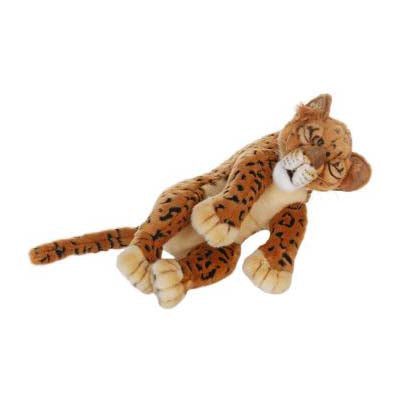
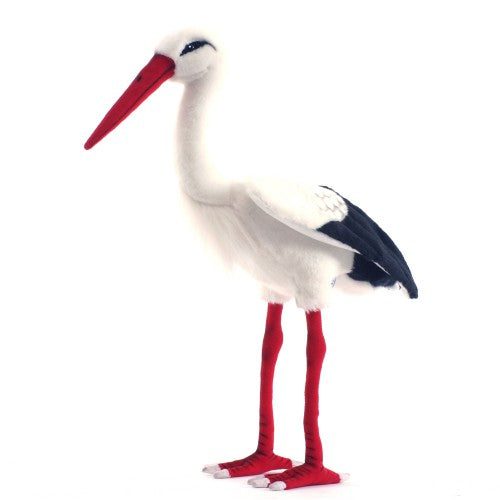

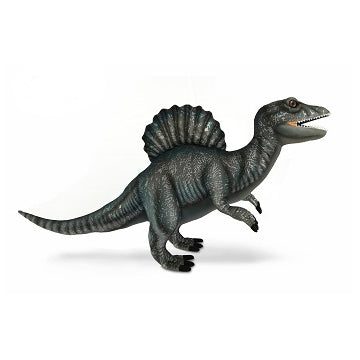
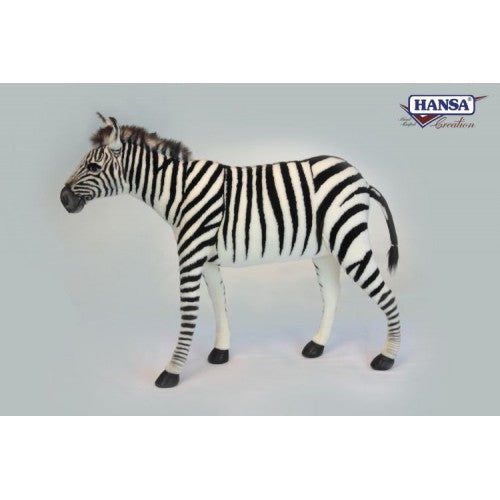
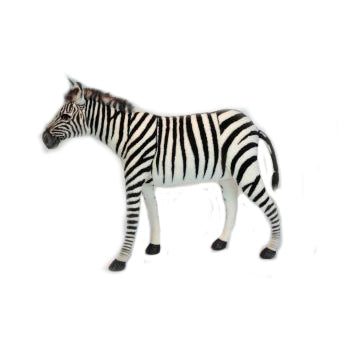
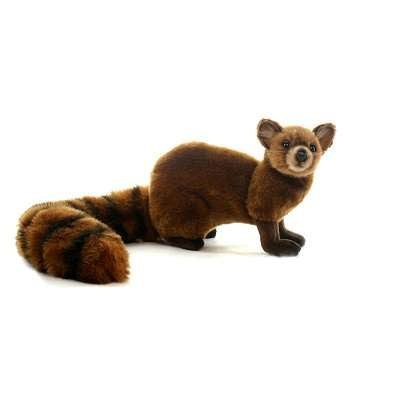

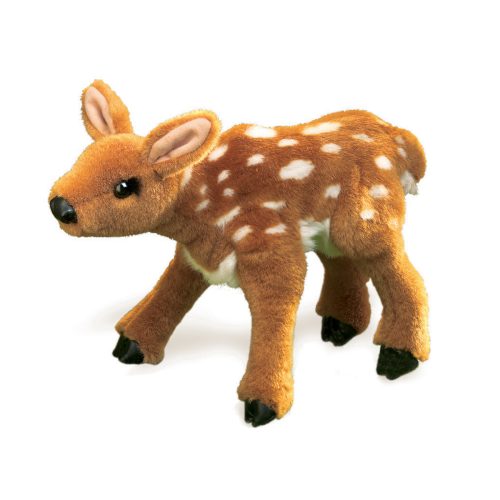
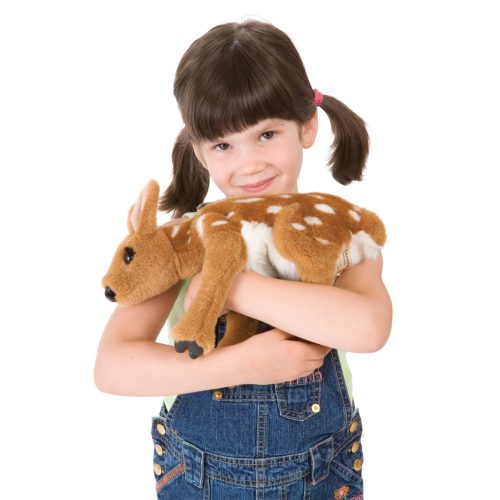
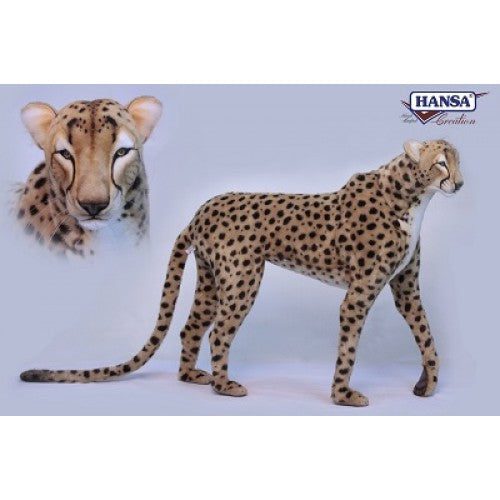
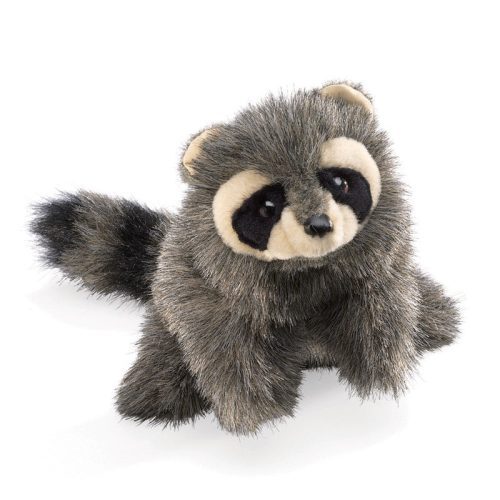
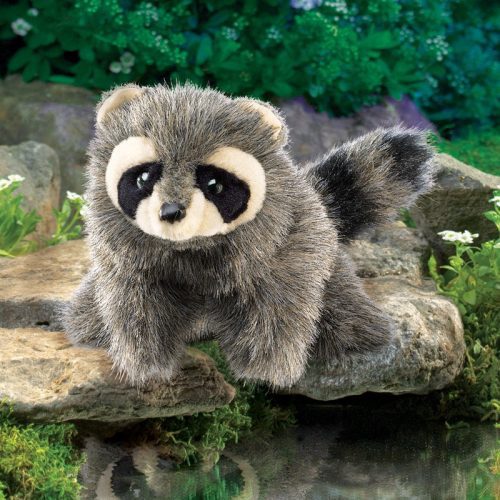
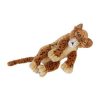
Reviews
There are no reviews yet.